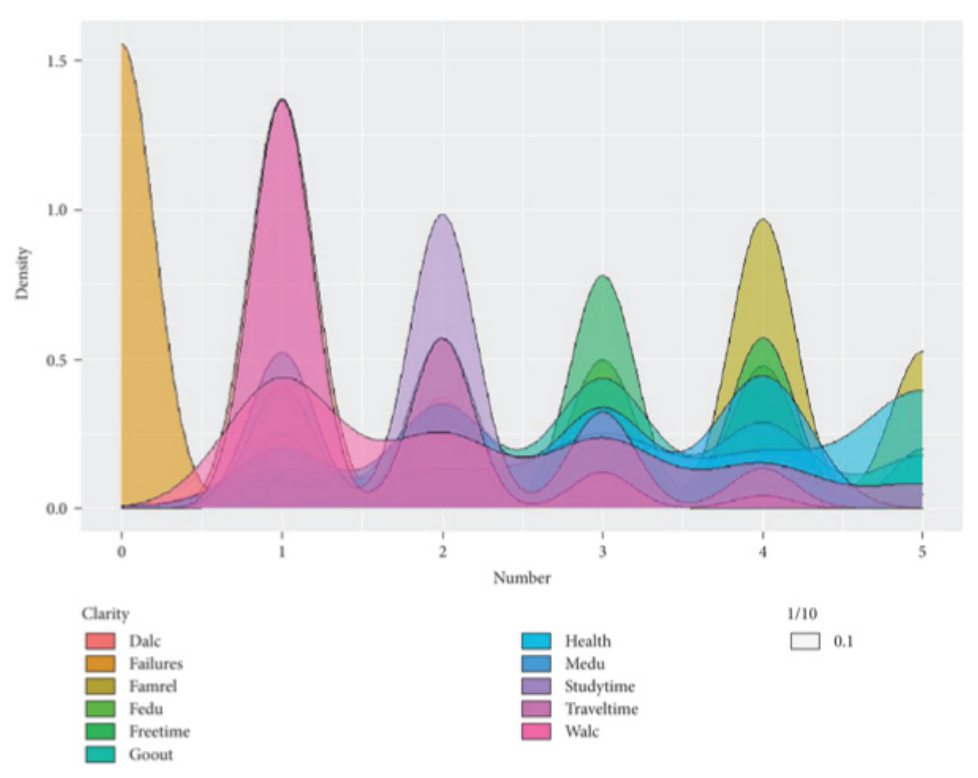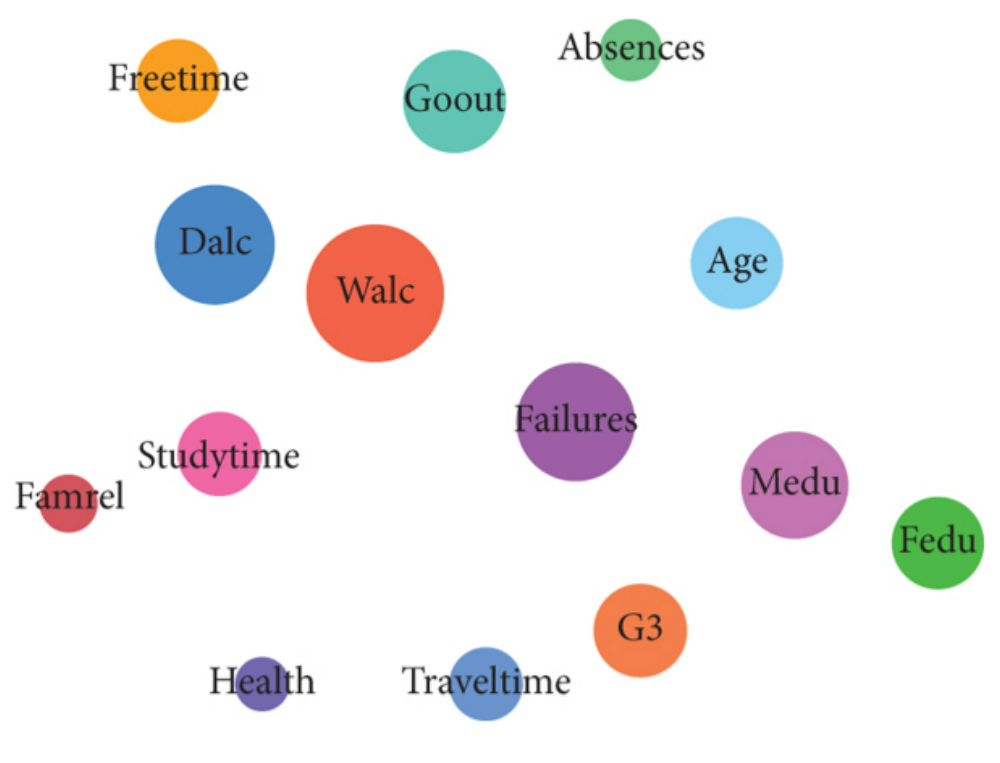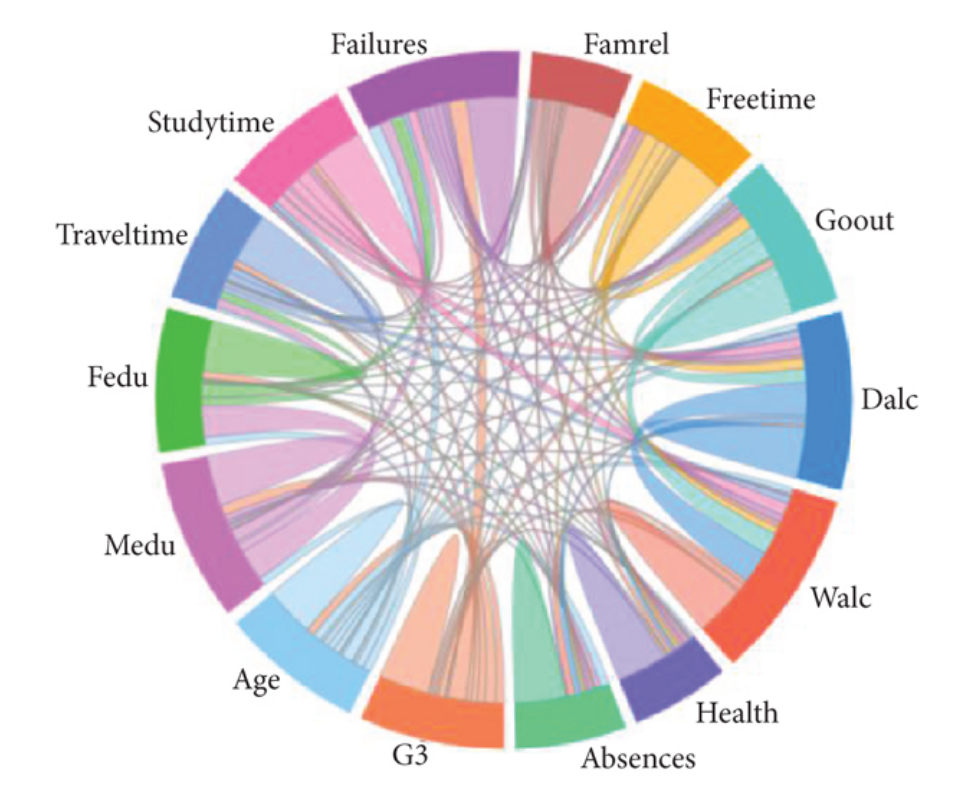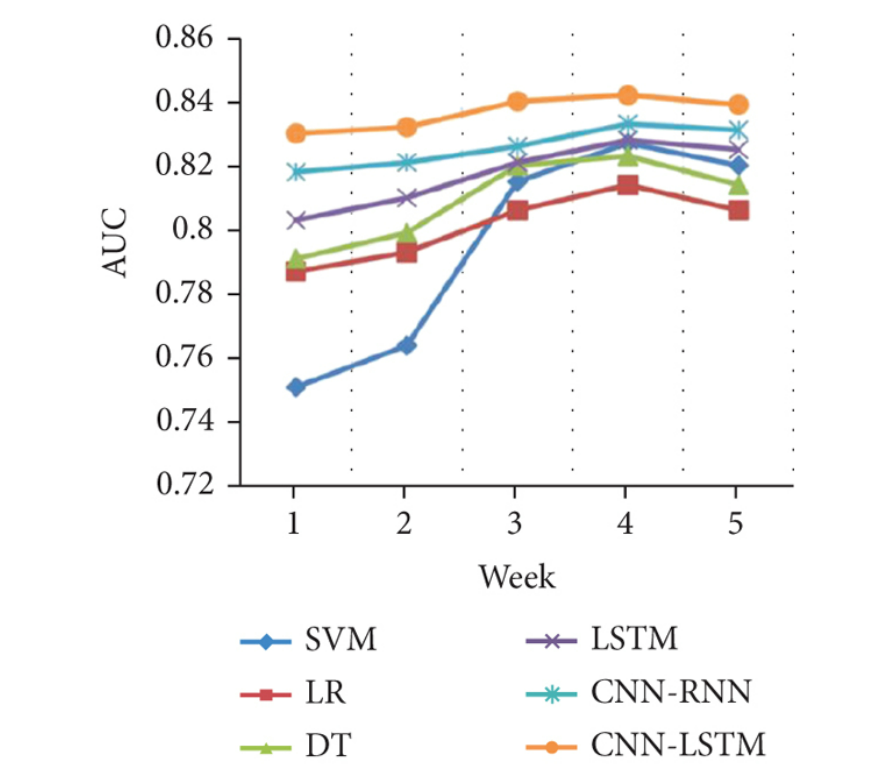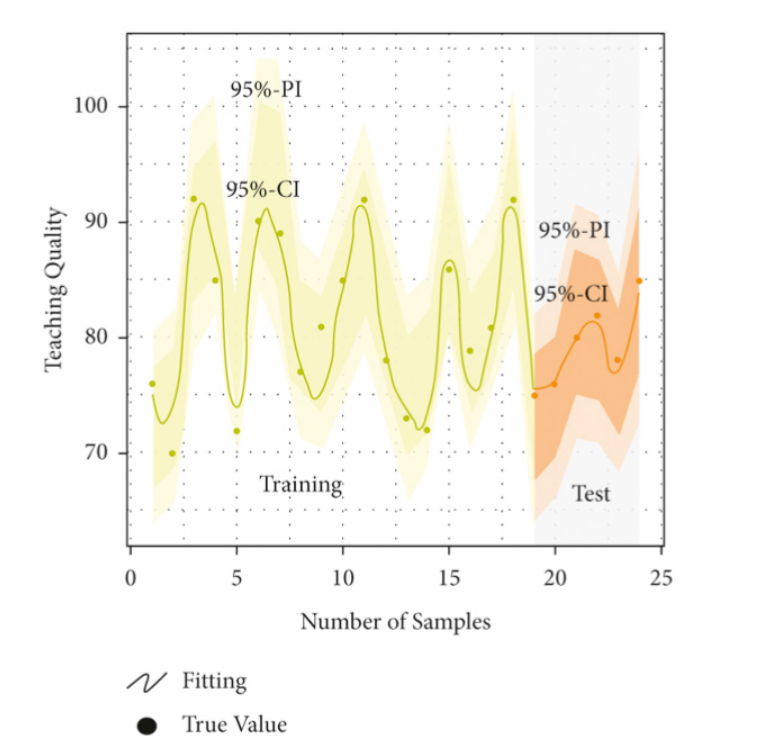 An open access journal
An open access journal
Augmented Reality (AR) and Virtual Reality (VR) in Education: Immersive Learning Experiences
Abstract
Augmented Reality (AR) and Virtual Reality (VR) technologies have ushered in a new era of immersive learning experiences in education. This paper explores the integration of AR and VR in educational settings, highlighting their transformative potential. It delves into the principles and applications of AR and VR, showcasing how these technologies create immersive environments that engage learners in ways previously unimaginable. The discussion includes examples of AR and VR in education, such as virtual field trips, anatomy simulations, and historical reenactments, emphasizing their ability to enhance understanding, retention, and motivation. Moreover, the paper addresses the challenges and considerations in implementing AR and VR in education, including accessibility, cost, and ethical considerations. Through a review of empirical studies and case examples, the paper underscores the effectiveness of AR and VR in various educational contexts and subject areas. The conclusion offers recommendations for educators, institutions, and policymakers on harnessing the potential of AR and VR to revolutionize learning experiences while ensuring inclusivity and responsible use of technology.
Share and Cite
Article Metrics
References
- Billinghurst, M., & Duenser, A. (2012). Augmented reality in the classroom. Computer, 45(7), 56-63.
- Dunleavy, M., Dede, C., & Mitchell, R. (2009). Affordances and limitations of immersive participatory augmented reality simulations for teaching and learning. Journal of Science Education and Technology, 18(1), 7-22.
- Klopfer, E., & Squire, K. (2008). Environmental Detectives—The development of an augmented reality platform for environmental simulations. Educational Technology Research and Development, 56(2), 203-228.
- Liarokapis, F., Mourkoussis, N., & White, M. (2018). A comparison of Google Cardboard and HTC Vive in an archaeological context. Journal of Cultural Heritage, 31, 25-31.
- Milgram, P., & Kishino, F. (1994). Taxonomy of mixed reality visual displays. IEICE Transactions on Information and Systems, 77(12), 1321-1329.
- Papadakis, S., Kalogiannakis, M., Zaranis, N., & Retalis, S. (2018). Enhancing inquiry-based science learning in virtual environments: The effectiveness of a virtual reality game. Educational Technology & Society, 21(1), 17-29.

